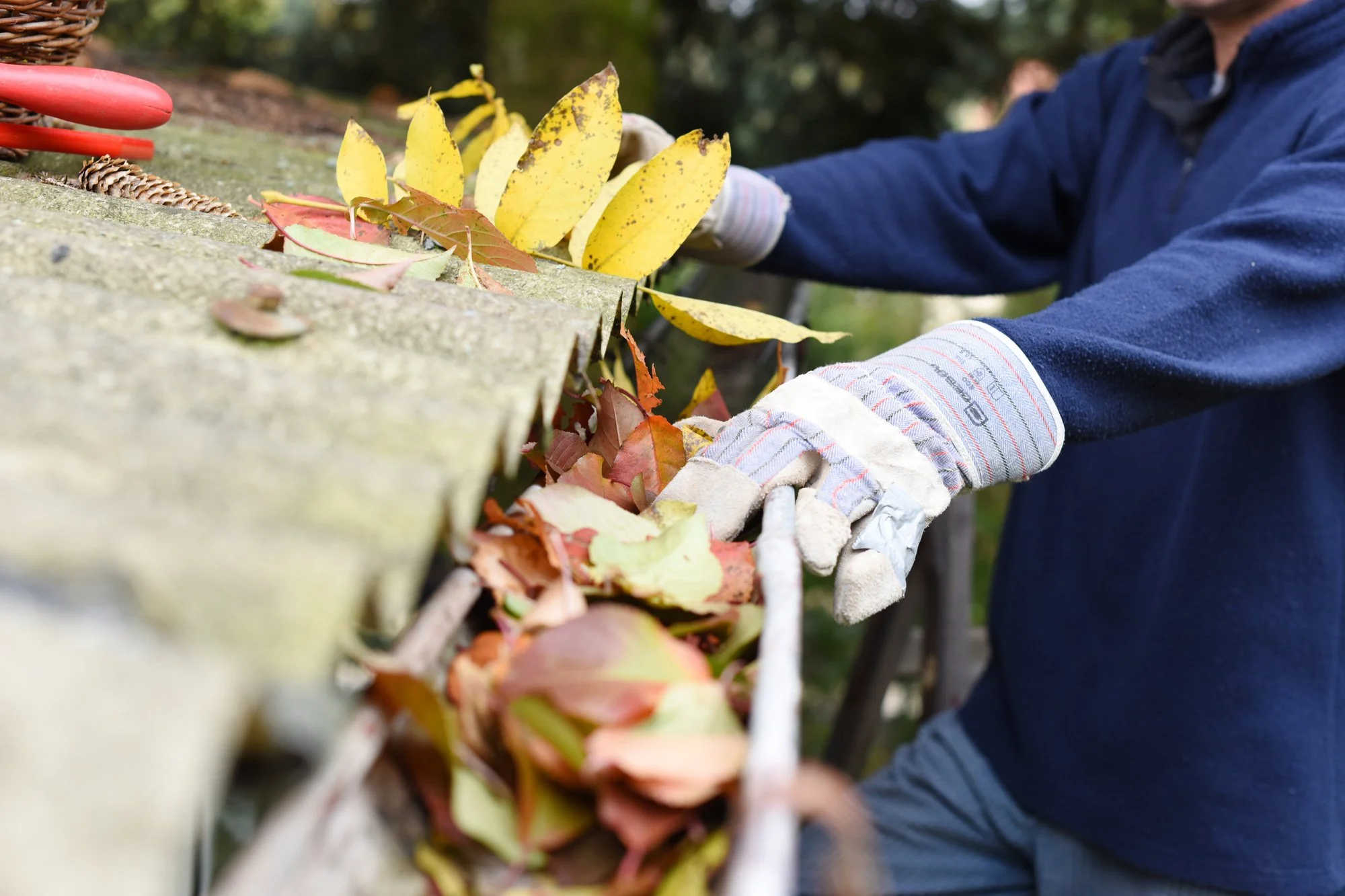The Cost of Roof Repair: A Comprehensive Guide
RH Business Marketing Solutions
Are you facing a leaky roof or missing shingles? Well, it's time to repair your roof before the problem gets worse. But how much does it cost to repair a roof? The answer is not always straightforward, as various factors impact the final price tag. It's important to consider all the elements that may influence your roof repair cost. Here are some of the key factors to consider when estimating the cost of roof repair.
The Average Cost of Roof Repair
The average cost of roof repair varies depending on several factors, including the size and slope of your roof, the type of materials used, and the extent of the damage. On average, homeowners can expect to spend anywhere from $300 to $1,500 for minor repairs or up to $4,000 for more extensive work. Simple repairs such as fixing a few missing shingles or repairing a small leak may only cost a few hundred dollars. However, if you need significant structural repairs due to storm damage or severe wear and tear over time, you're looking at a much higher price tag. If you're looking for roofing in Chicopee, for example, you can find reputable contractors who specialize in providing high-quality roofing solutions tailored to your specific needs. Keep in mind that labor costs also play an essential role in determining the final bill. If you live in an area with high labor costs or require specialized expertise for your particular roofing issue, expect to pay more. Ultimately, it's crucial to get multiple quotes from reputable contractors before committing to any roofing project.
What Affects the Cost of Roof Repair?
Several factors can influence the cost of roof repair. One of the most significant is the extent and nature of the damage. A minor leak or a few missing shingles might be relatively affordable to fix, but more extensive damage like rotting decking, damaged flashing, or mold issues will drive up costs. The type of roofing material also plays a role in determining repair prices. For example, repairing an asphalt shingle roof typically costs less than fixing a slate or metal roof due to differences in materials and labor involved. Another factor that may affect repair costs is your location. If you live in an area with high demand for roofing services or where building codes are strict, then expect to pay more for repairs due to increased competition among contractors and higher material prices.
How to Save on Roof Repair Costs
Roof repairs can be costly, but there are ways to save money without compromising the quality of the repair. Here are some tips on how to save on roof repair costs. Firstly, get multiple quotes from different contractors and compare prices. Don't settle for the first quote you receive as each contractor may have different estimates based on their experience and materials used. This will allow you to find a reasonable price that works with your budget. Another way to save money is by addressing small issues before they turn into bigger problems. Regular maintenance and inspections can help identify any potential damage early on, preventing more extensive (and expensive) repairs down the line.
Do You Need to Repair Your Roof?
Your roof is one of the most important components of your home's structure. It protects you, your family, and your belongings from harsh weather conditions and other external elements. So when should you consider repairing or replacing your roof? One obvious sign that a repair may be necessary is water damage inside your home caused by leaks in the roof. However, there are other less apparent signs to look out for such as missing shingles, cracked tiles, or curling edges. Another factor to consider is the age of your existing roof. Most roofs have a lifespan of between 15-25 years, after which they begin to deteriorate more rapidly and require frequent repairs. This is especially important if you live in an area with harsh weather conditions. If your roof is older than 15 years, it’s probably time to start considering a replacement.
The cost of roof repair can vary depending on various factors such as the type of roofing material used, the extent of damage, and your location. However, it's important to prioritize repairing a damaged roof since leaving it unattended can lead to more costly repairs in the future. Working with a reputable roofing contractor who can provide you with an accurate estimate and quality service is also crucial. Don't be afraid to ask for references or check their online reviews before hiring them. Remember that regular maintenance and inspections can help prevent significant damage and extend the lifespan of your roof. By taking these steps, you'll avoid unnecessary expenses while ensuring your home is protected from harsh weather conditions.



















